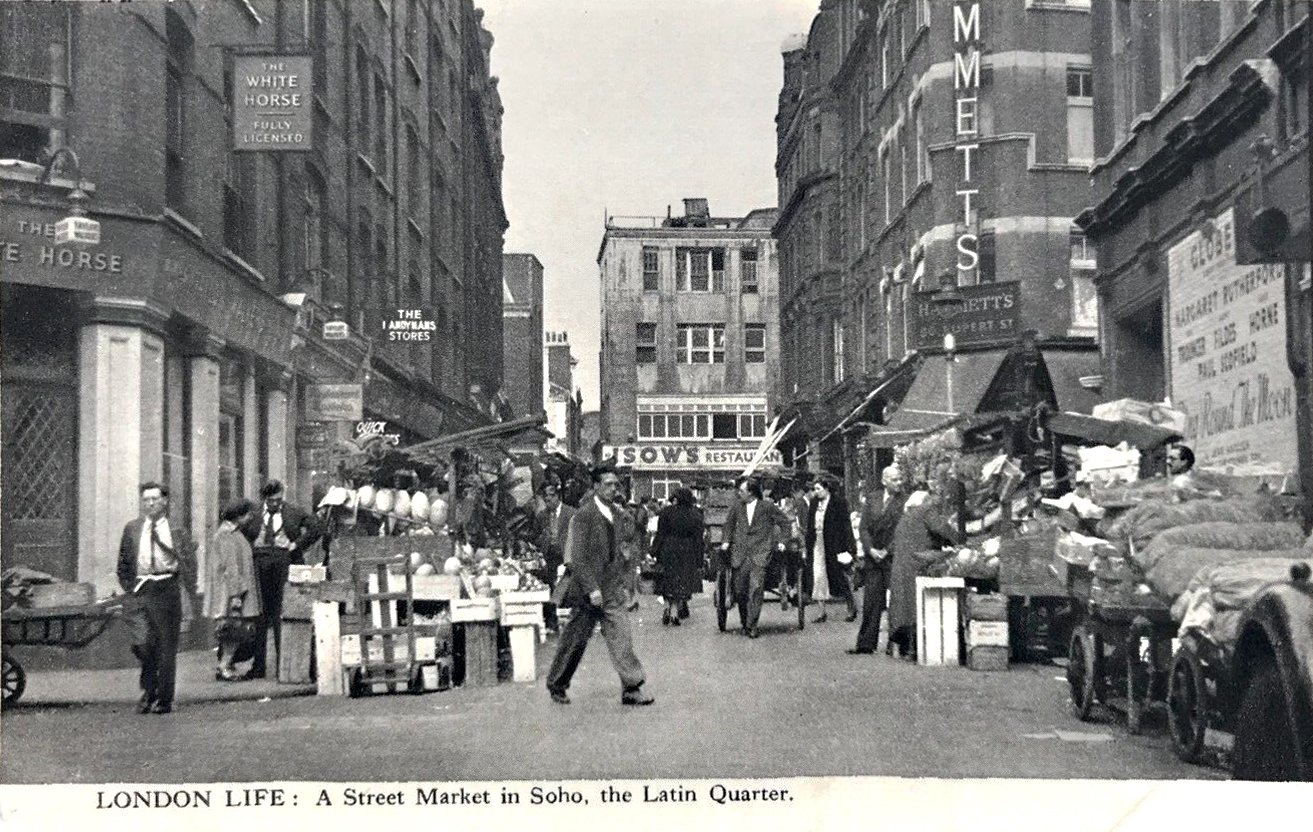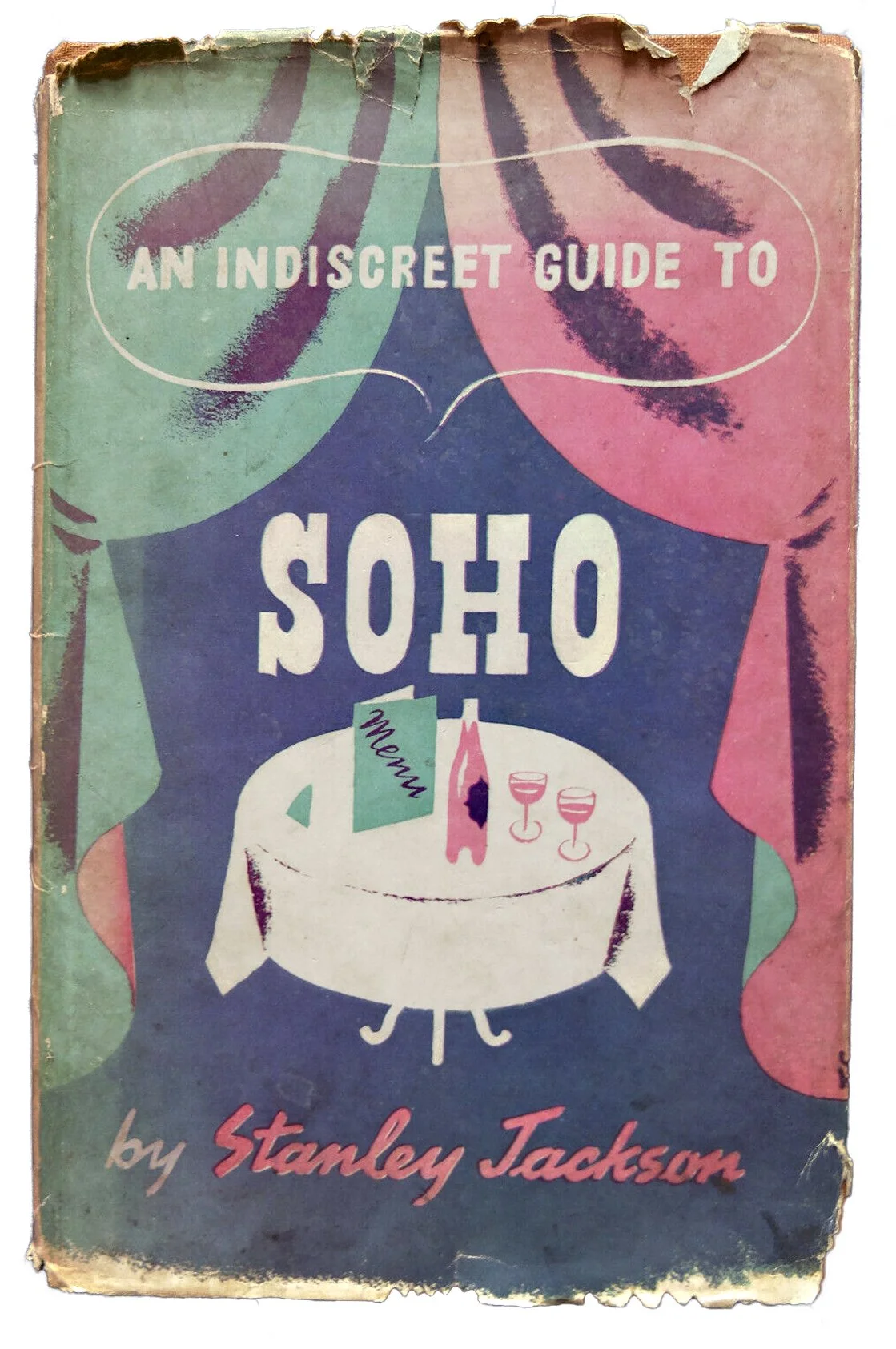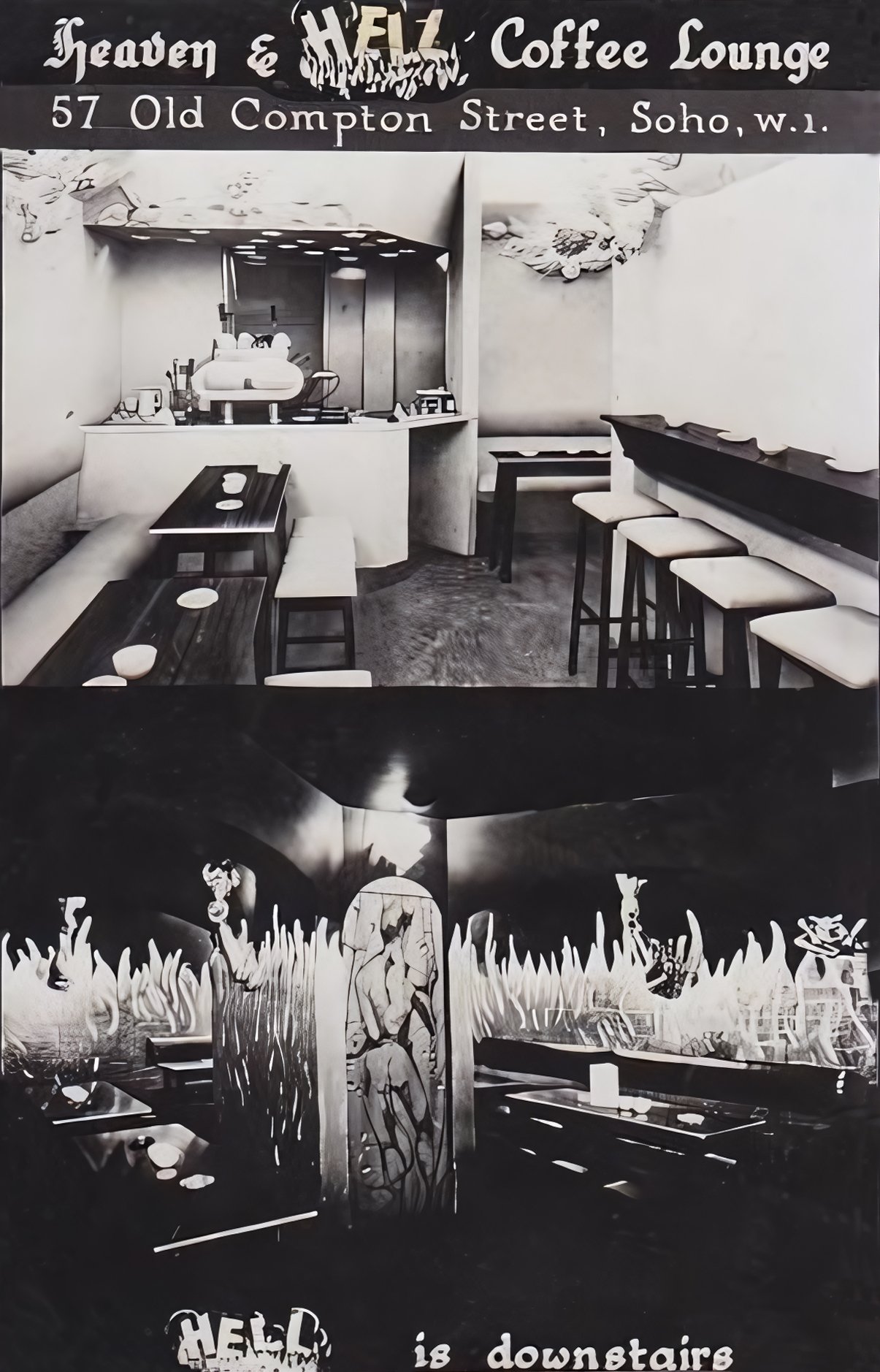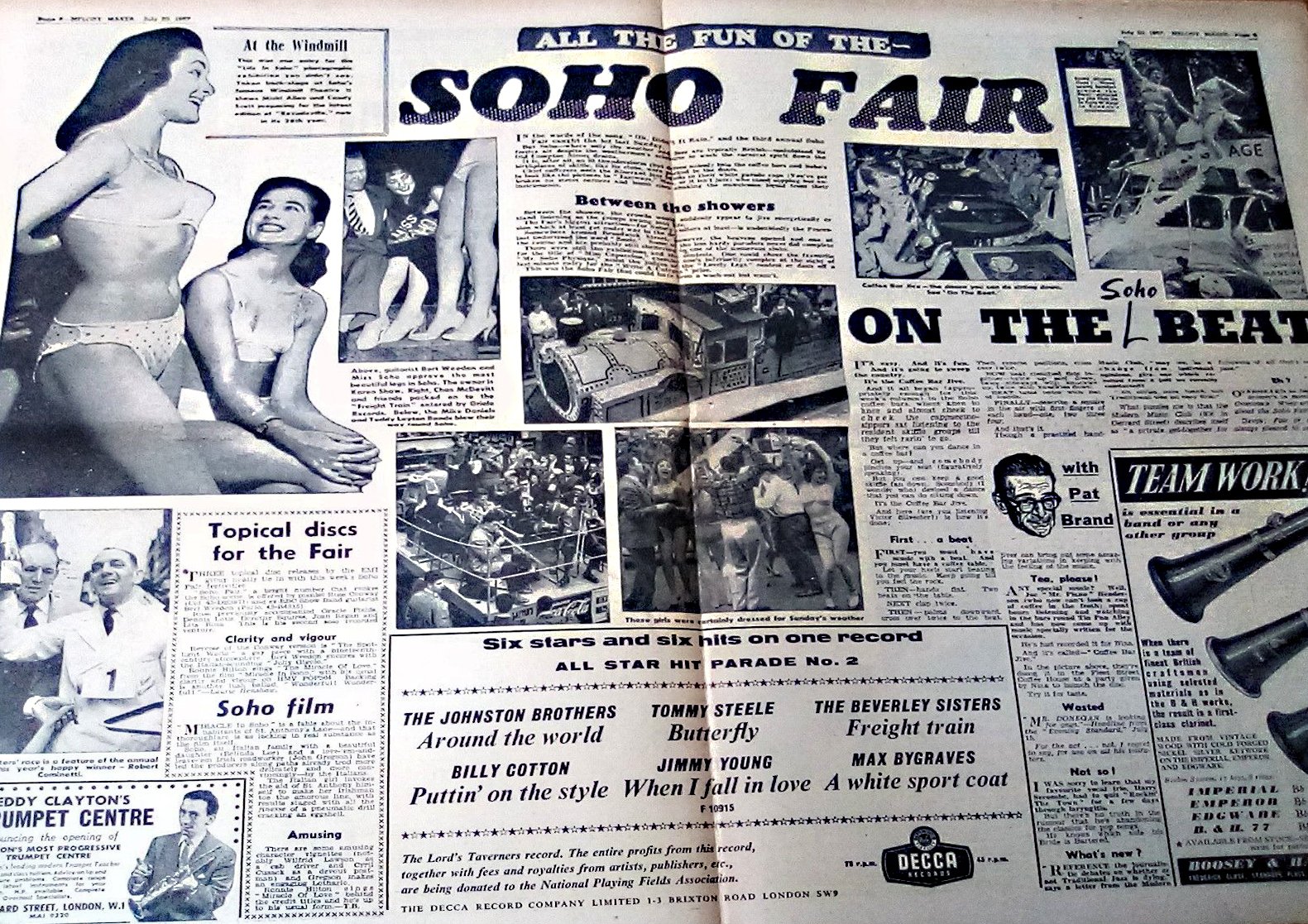1950s Soho
Part 1: 1950s Soho
We feel privilaged playing a role in providing residential and commercial maintainence services in Soho and the west end of London for the past 20 years. We’ve also seen quite a few changes over the decades.
Whilst maintaining and developing properties in Soho we are constantly being reminded of the rich heritage within the area by uncovering the past, including occasionally finding atifacts hidden in the fabric of buildings. Naturally we find this facinating, it has become such a rewarding part of our working day.
So much so, we thought we would illustrate some snapshots of Soho’s rich cultural history in occasional articles starting with Part 1: 1950s Soho.
Soho London in the 1950s: A Haven for Bohemianism and Counterculture
In the heart of London's vibrant West End, Soho was a world apart in the 1950s. Amidst the austerity and conservatism of post-war Britain, Soho emerged as a beacon of bohemianism and counterculture, attracting artists, musicians, writers, and intellectuals who sought refuge from the prevailing social norms.
An Indiescreet Guide to Soho by Stanley Jackson.
Soho - A Haven for Artists and Musicians
Not unlike today Soho's allure for the creative community lay in its abundance of cafes, pubs, clubs and the emerging espresso culture found in coffee houses such as Moka Bar and Bar Italia that provided a space for free expression and artistic exchange. These venues became the breeding ground for new ideas and movements, fostering a sense of camaraderie and belonging among those who felt marginalised by mainstream society.
One of the most iconic establishments of the era was The Colony Club, spiritual home to a group of artists, writers, and musicians who defied societal conventions. Francis Bacon, Lucian Freud, and Peter Blake were among the regular patrons, and the club's atmosphere of open dialogue and experimentation fuelled their creative endeavours.
1950s advertising for Heaven & Hell Coffee Lounge
Music also played a central role in Soho's cultural landscape a vibrant and eclectic area in the 1950s, it was truly at the forefront of the London music scene. From the jazz clubs of the early 1950s to the rock and roll clubs of the late 1950s, Soho was where the latest and greatest music was being played.
In the early 1950s, the Soho jazz scene was thriving. Clubs like Ronnie Scott's and Club 100 were packed with music lovers eager to hear the latest sounds from the likes of Louis Armstrong, Ella Fitzgerald, Charlie Parker, Dizzy Gillespie, and Miles Davis. American jazz musicians were drawn to Soho's smoky clubs and enthusiastic audiences, and many of them stayed to make London their home.
By the mid-1950s, a new sound began to emerge from Soho: rock and roll. Clubs like the 2i's and the Marquee were the first to play this new music, and they quickly became hotspots for young people eager to dance and let loose. British acts like Cliff Richard, Tommy Steele, and the Rolling Stones all got their start playing in Soho clubs.
Inpromptu jiving to a skiffle group in Soho Square during the 1950s
Literary Hub and Intellectual Haven
Soho was also a magnet for writers and intellectuals who sought to challenge literary conventions and explore new modes of expression. The Soho Writers' Workshop, founded in 1954, provided a platform for emerging writers like Colin Wilson and Doris Lessing, while the Institute of Contemporary Arts hosted lectures and discussions on a wide range of topics, from art and literature to philosophy and politics.
A Melting Pot of Cultures
Soho's reputation as a haven for free spirits attracted people from all walks of life, creating a cosmopolitan atmosphere that was unmatched in other parts of London. Immigrants from Africa, the Caribbean, and Asia settled in the area, bringing their diverse cultures and traditions to the area.
The influx of immigrants led to the establishment of ethnic restaurants and cafes, which further enriched the culinary landscape of Soho. Greek, Italian, and Chinese cuisine became part of the Soho's fabric, reflecting the diversity of its residents.
A Symbol of Social Change
Soho's vibrant cultural scene and its embrace of nonconformity made it a symbol of social change in post-war Britain. The area's defiance of traditional values and its embrace of experimentation challenged the status quo and paved the way for the more permissive and diverse society that emerged in the following decades through to the present day.
This AI enhanced documentary offers a glimpse into the lively atmosphere of 1950s Soho providing a colorful snapshot of a typical day in mid-1950s, specifically during Soho’s annual Summer Fair.
The Legacy of Soho in the 1950s
Soho's legacy as a haven for bohemians and counterculture continues to resonate today. The neighborhood remains a vibrant hub of creativity and diversity, and its streets are still lined with cafes, pubs, and clubs that cater to a wide range of tastes and interests.
The spirit of Soho in the 1950s lives on in the work of the artists, musicians, and writers who were inspired by its unique atmosphere. Their contributions to art, music, and literature continue to shape our understanding of the world and our place within it.
Soho's transformation from a neglected part of central London to a cultural hotspot is a testament to the power of creativity and the resilience of it’s community. It is a reminder that whatever the circumstances, there is always room for innovation, inclusivity and expression.
At FoxSoho we would like to think we are doing our bit maintaining the fabric of this fasinating, unique part of central London.
To discuss any requirements you may have regarding office refurbishment or any other maintenance projects local to Soho please Contact Us for more information.





